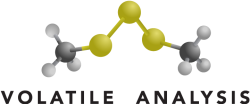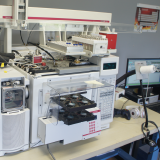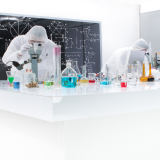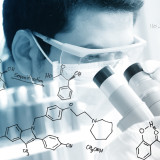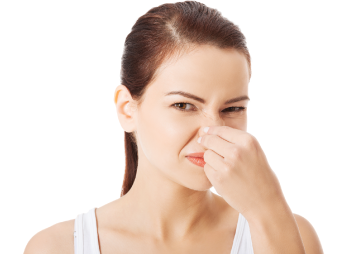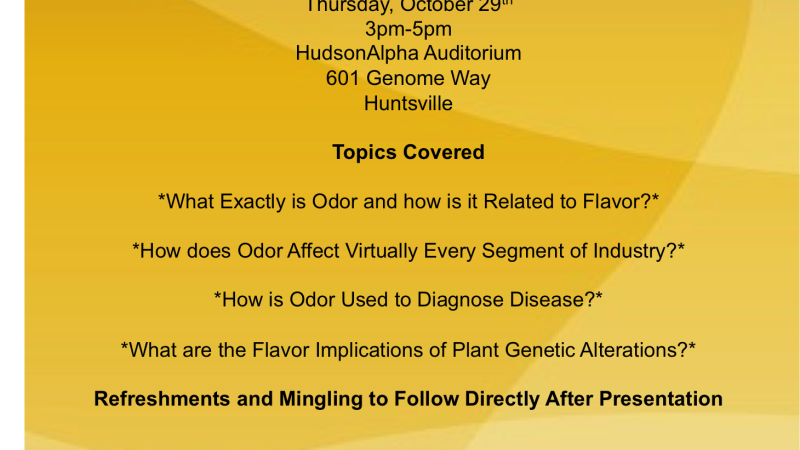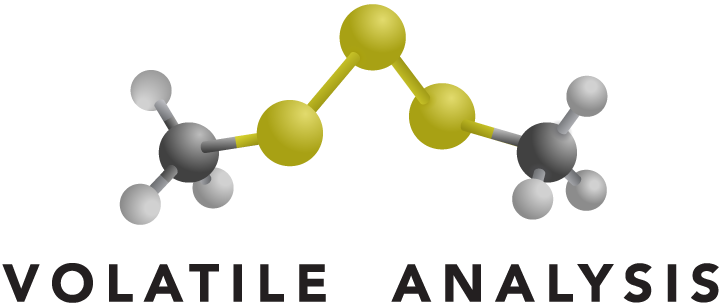
Cosmetics & Beauty
Description of Industry
The cosmetics and beauty products industry continues to rapidly expand due to new global markets. When economic times are tough, beauty products are among the last goods to be cut from the budget. Global sales may reach over 62 billion by 2016. The chemistry of cosmetics is highly regulated and critical to product performance and claims.
The chemistry of cosmetic products is very complex. Ingredients involved in cosmetics may address several separate purposes. Those included for fragrance add another level of complexity. Volatile Analysis can help improve your company’s product by providing expertise in odor prevention and fragrance selection and enhancement.
Applicable Services
What we do
The team at Volatile Analysis solves odor problems and measures VOC components. When products age, such as and a lipstick, the chemistry changes. Off-odors may develop and the product may become undesirable. No one will use lipstick that smells funny. It is possible that upon product expiration, an off-odor is desired to discourage continued use. Volatile Analysis can help your company design an aroma strategy that works for cosmetic products. We conduct and assist others utilize sensory panels for the purpose of providing insight into what aroma attributes are deemed appropriate for a given product. Whether you are proactively defining a product’s aroma profile or you are addressing an off-odor complaint that may require an expensive product recall, Volatile Analysis is staffed with a talented team of problem solvers specifically experienced in these areas.
